What are the smartest ways to water your garden during a heat wave?
Is it so hot outside, your garden is wilting even before the sun rises or after it sets? Mine sure is!! The only hope is to keep your vegetables and bushes watered. But how can you do that without spending all your time holding a hose? And all your dollars on a high water bill? Big Green Purse collaborated with Gilmour, which makes a very reliable garden hose, to offer you this list of smart ways to water your garden during a heatwave to help you out.
There are two secrets to water your garden during a heat wave:
- The equipment you use
- When and how you water
Here are 14 of the best, smartest ways to water your garden without wasting a lot of H2O or time.
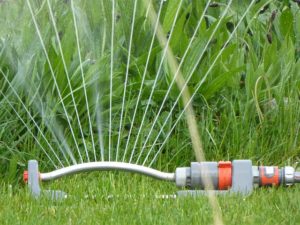
“A leak as small as the tip of a ballpoint pen can waste 6,300 gallons of water,” says the U.S. EPA’s Watersense program.
It’s easy to spot a leaky hose because water shoots out of the hole. Sprinklers will spray around the place where they attach to the hose rather than send all the water through the sprinkling mechanism.
Next time you turn on the water, take a quick look. If you see a hose spurting, patch it up with duct tape. If your sprinkler is squirting, tighten the nozzle where the hose attaches to the sprinkler.
2. Let it drip.
Not your faucet. A drip irrigation system, which delivers water directly to the bottom of the plant so it can easily seep into the ground and moisten the roots. Though landscaping companies can install snazzy systems, you can also set one up yourself less inexpensively. Take a look at what Dripworks has to offer, for starters.
3. Use a timer.
If you want to set up your sprinkler and then go about your daily routine, use a timer to automatically turn the water off after a certain amount of time.
A watering can or pitcher can be the perfect way to water newly planted seeds and seedlings. Using a pitcher, you can deliver the right amount of water to each seedling. Gently sprinkle water overhead to moisten the soil.
5. Try a rain barrel.
Set up a rain barrel next to a shed, garage, or your home, and capture rain water coming off the roof. You can put a rain barrel on each corner of the building if you want. Use the spigot on the bottom of the barrel to drain water into a watering can, or attach a hose. Rain barrels come in handy when rainfall is scarce and you don’t want to use your home water source to keep your garden alive.
This is Helpful! If You Don’t Have a Rain Barrel, You’re Losing Water and Money
6. Use your cooking water.
If you steam or boil vegetables, use the nutrient-rich water after it’s cooled to nourish your plants. This works easily for plants you have on your patio or porch.
Do you have a pet fish whose tank you empty? That water will be full of nitrogen and phosphorous, great for some plants.
8. Water early in the morning and when it’s not windy.
Water early in the morning and when it’s not windy. The morning is the best time to water grass as it gives the water a chance to seep into the ground rather than evaporate in the hot sun or blow away from the plants that need it. If you have to water during the day, water plants that are in the shade as opposed to those in full sun.
9. Mulch.
A two-inch thick covering of shredded pine bark, composted leaves, or other organic materials will help the ground retain water and reduce evaporation.
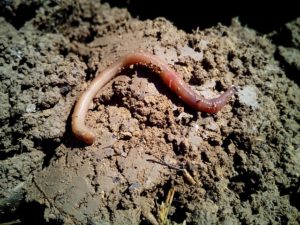
“Vermicomposting” is the process of using worm castings (poop) to increase the organic content of the soil, which will help it retain moisture. You can add the castings themselves. Or you can let worms do the job in place.
You probably don’t want to introduce worms to your garden when it’s miserably hot and dry outside, but you can plan on adding them next spring. The more compost and organic matter you add to your soil, the more likely it will be attract worms and keep them alive.
You Want Me to Try Worm Poop? Yeah, Really…
11. Dig in some compost.
Like worm poop, well-decomposed organic compost helps the soil stay loose and retain moisture, which is great for plant roots. If your soil is primarily clay, it won’t hold water at all. If it’s too sandy, the water will drain away. Compost builds great soil that retains moisture and adds other nutrients that plants need.
Don’t Miss: Compost: Crack for the Garden!
12. Xeriscape.
Plant flowers, vegetables, and bushes that do well in the amount of rainfall that falls in your region in an average year. Once established, these plants should require little additional water. Here are some sources for regionally-appropriate plants to choose from.
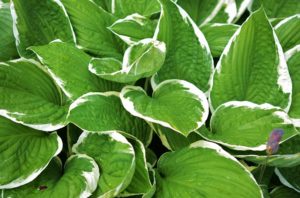
For example, impatience need a lot of water; hostas, not so much. Make a beautiful color statement by grouping all of your impatience together, which will make them easier to water with one fell swoop.
14. Reduce slope erosion.
If you have hills or steep banks, strategically place boulders or ties to help reduce runoff, or landscape into terraces to stop water from slurrying off the hill rather than seeping into the ground.
How else do you water your garden during a heat wave?
NOTE: Collaboration with partners like Gilmour enable us to bring you the expert content you need to live the greener lifestyle you want. All editorial opinions remain our own.


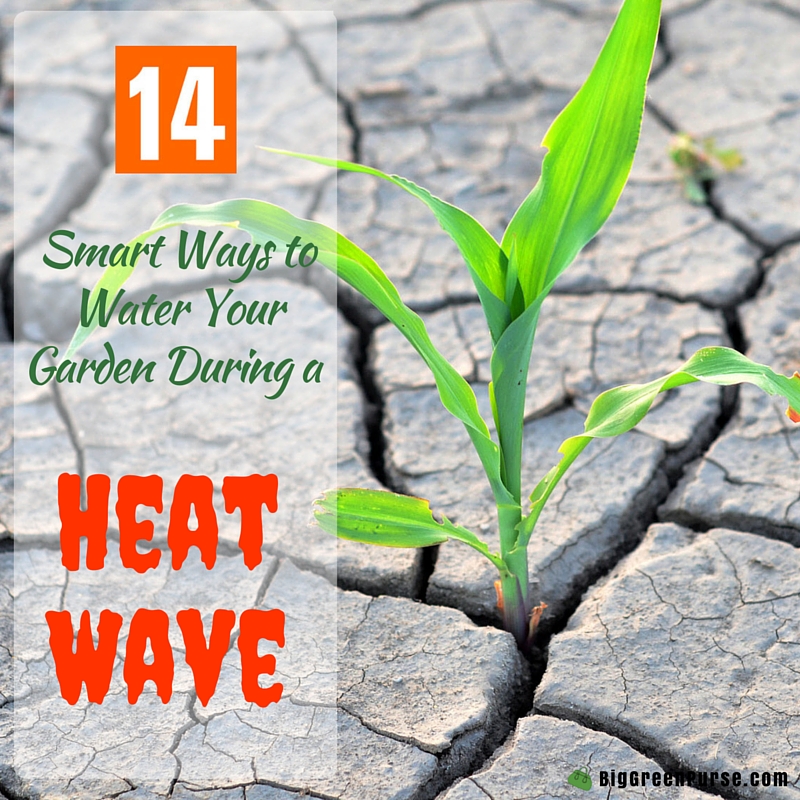
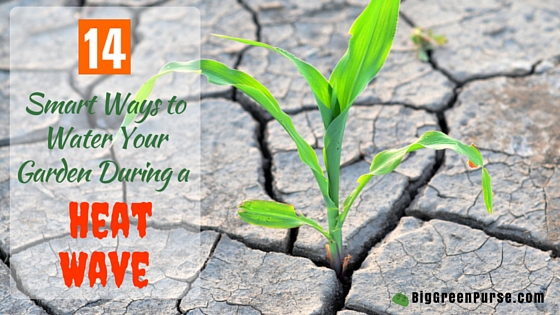
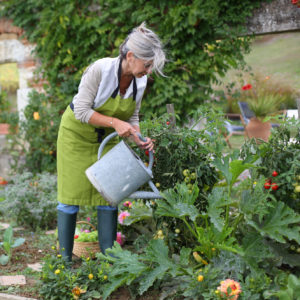
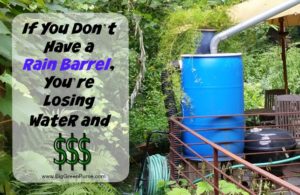

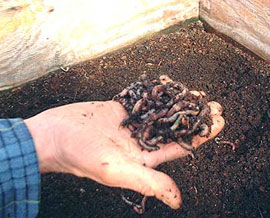
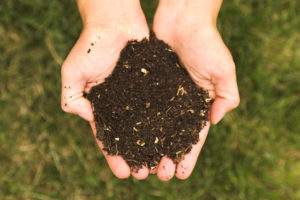





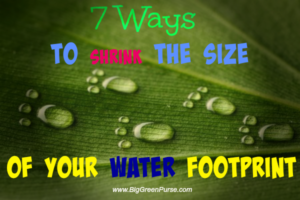








2 thoughts on “14 Smart Ways to Water Your Garden During a Heat Wave”
Love the fish tank idea! I use straw that I heavily put down in the fall. The cold kills a lot of the straw weed seed. I also use shade clothes too to cover plants when it gets too hot.
Try and water the soil, and not the plant. If you water the plant, you might end up with bacteria spores from the soil on the plants. The leaves start to yellow and have brown spots. Eventually the leaves die.
Use pine bark for regular plants. Use shredded leaves, pine straw, and regular straw for veggies.
Great ideas, Anna. I love the idea of shading the plants when it gets too hot – that never occurred to me. (Readers: make sure you check out green-talk dot com for more gardening expertise)!
Comments are closed.